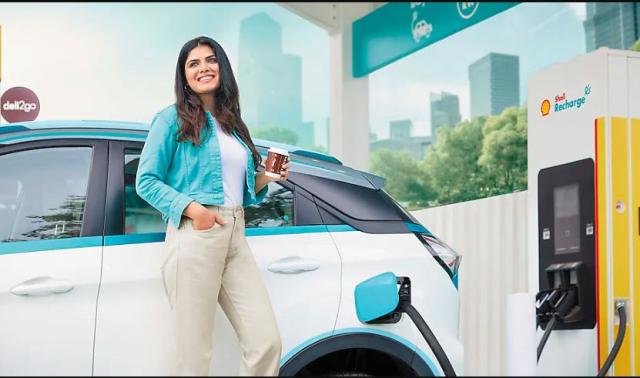The 2024 Shell Recharge Driver Programme has revealed a significant shift in consumer behavior towards electric vehicle (EV) charging. The research, which surveyed 33,696 drivers across Europe, China, and the USA, included non-EV drivers for the first time, offering new insights into the evolving expectations of EV users.
The study found that a substantial number of EV drivers prioritize the quality of the overall charging experience over mere convenience. Approximately 59 percent of European EV drivers, along with 76 percent in the U.S. and 72 percent in China, expressed a willingness to travel further to access charging sites with superior amenities such as faster charging, retail options, and dining facilities.
This emerging trend poses a potential challenge for Charge Point Operators (CPOs) who do not emphasize user experience. With charging infrastructure already exceeding demand in some markets, a focus on enhancing the charging experience could significantly influence utilization rates.
“EV drivers seek more than just a charge; they want an experience that enhances their journey. By investing in fast public charging and improving convenience retail and dining options on site, we can ensure that consumers feel they are making the most of their charging time,” David Bunch, Global Executive Vice President of Shell Mobility, said.
The report indicated that a majority of drivers in the U.S. (79 percent) and China (78 percent) are prepared to pay a premium for a faster charging experience.
The 2024 Shell Recharge Programme also unveiled several key findings:
Primary Vehicle Status: Most EV drivers in Europe (97 percent), the USA (82 percent), and China (90 percent) consider their EV their main or only vehicle.
Second-Hand Market Growth: Interest in second-hand EVs is rising, with 65 percent of non-EV drivers in Europe and 71 percent in the USA considering a second-hand EV as their next vehicle.
Fleet Vehicle Preference: EVs are more likely to be fleet vehicles compared to internal combustion engine (ICE) vehicles, with notable differences in Europe (35 percent EV vs. 24 percent ICE), the USA (54 percent EV vs. 20 percent ICE), and China (42 percent EV vs. 33 percent ICE).
Increased Range Confidence: More than half of EV drivers in Europe (56 percent), China (73 percent), and the U.S. (69 percent) report less concern about range than they did a year ago.
The data also highlighted a significant discrepancy between the expectations and actual experiences of driving an EV. Only 23 percent of prospective EV drivers in Europe anticipated enjoying the experience, while 67 percent of current EV drivers identified the driving experience as a major benefit. Similar trends were observed in China (24 percent expect vs. 35 percent reality) and the U.S. (17 percent expect vs. 36 percent reality).
Despite these positive trends, the research identified a significant knowledge gap among non-EV drivers. While 47 percent of non-EV drivers in Europe are open to purchasing an EV, this figure drops to 39 percent among those less knowledgeable about the charging process. This highlights the need for continued education and awareness efforts to support the broader adoption of electric vehicles.

